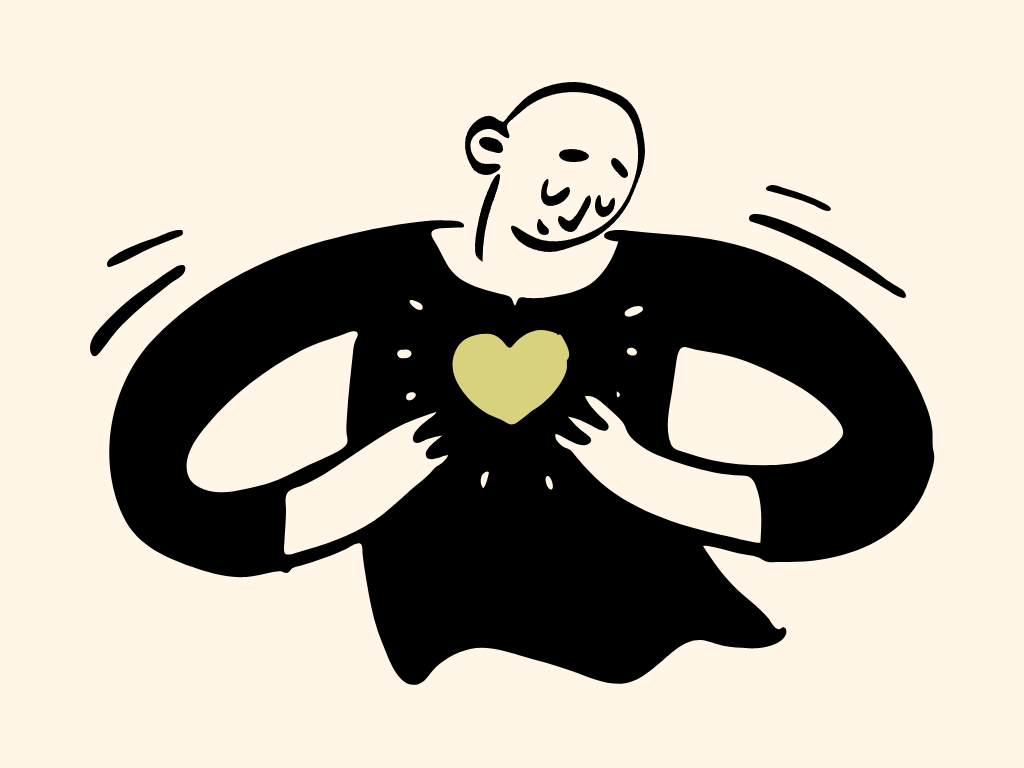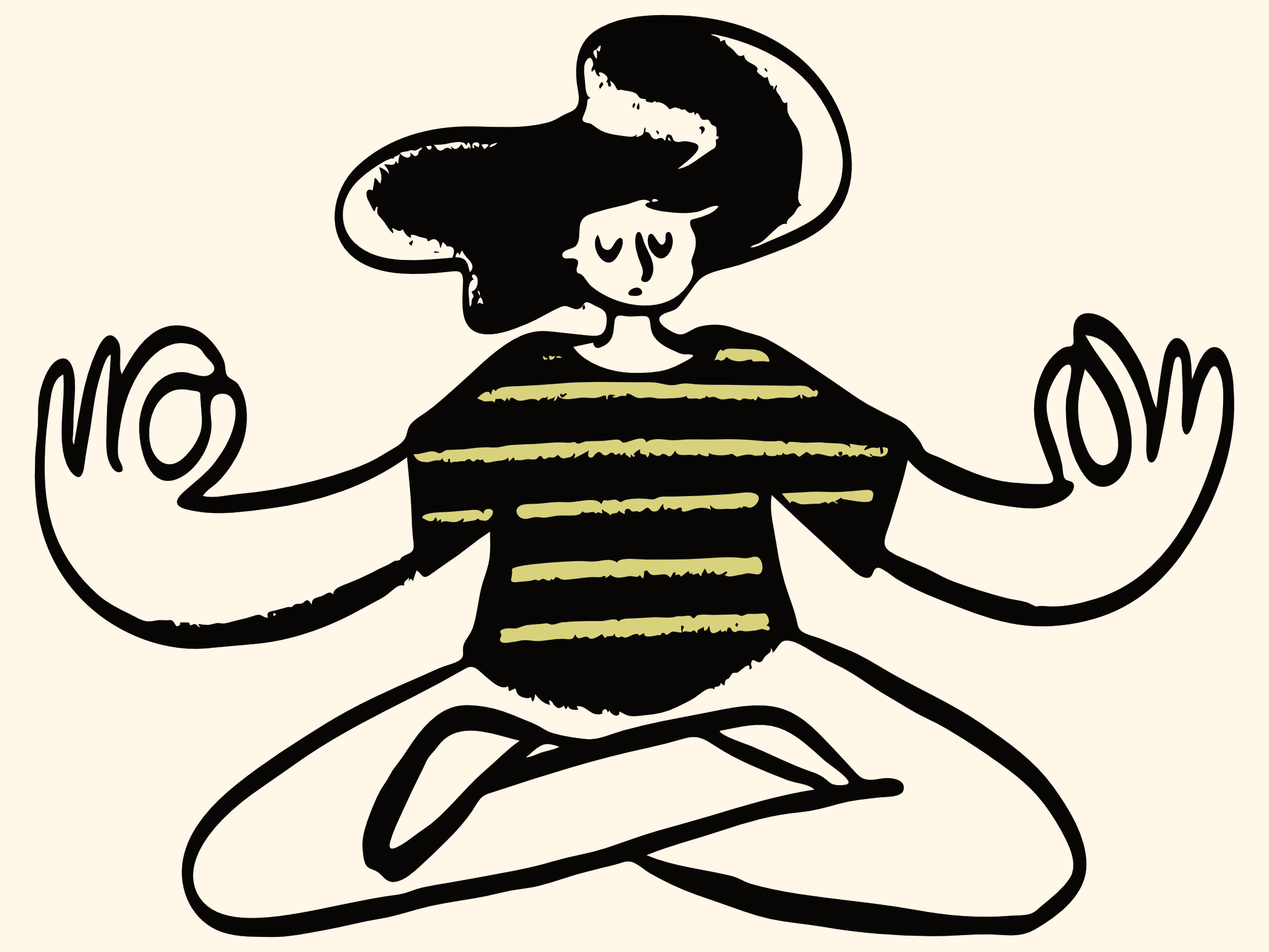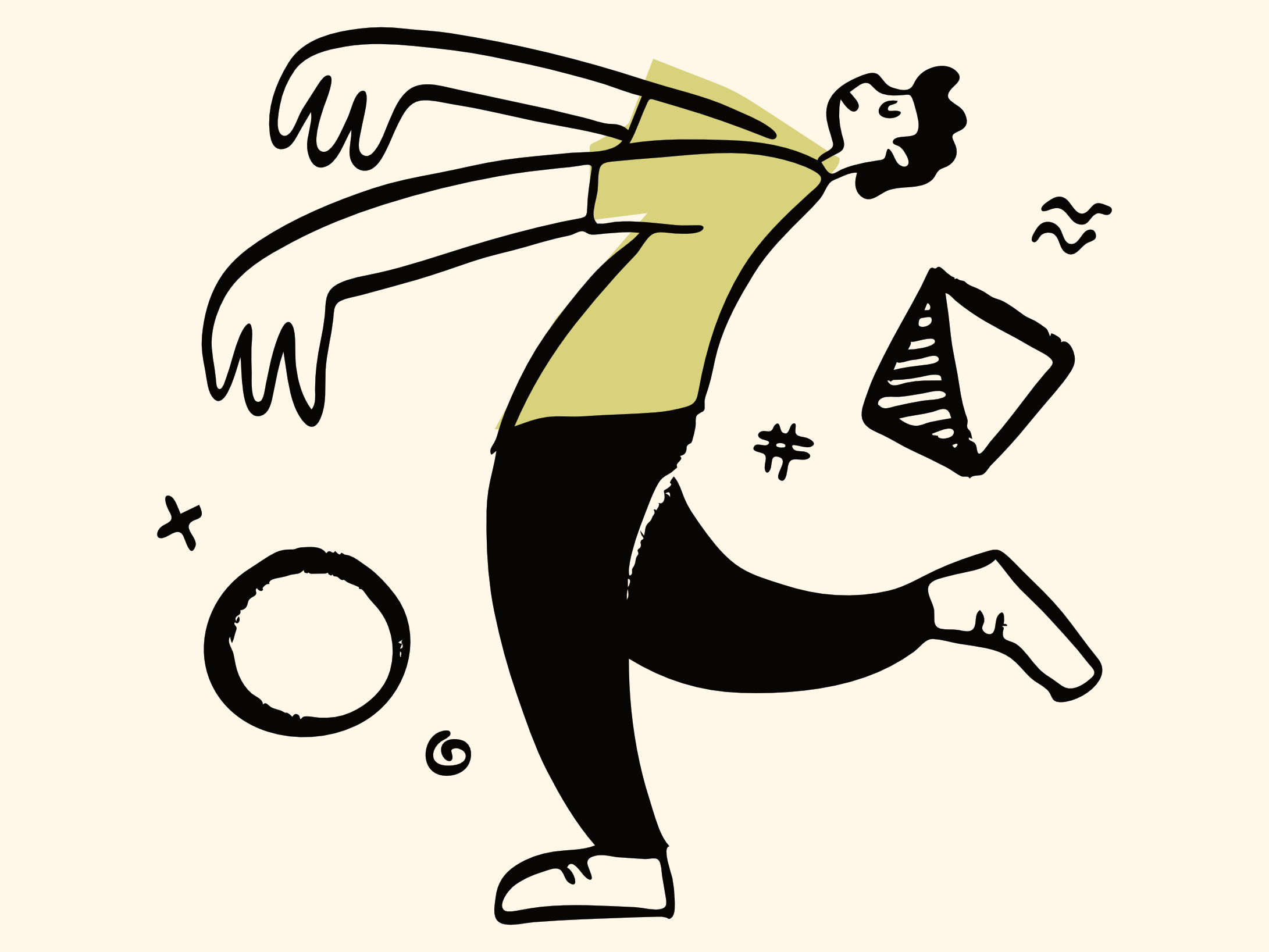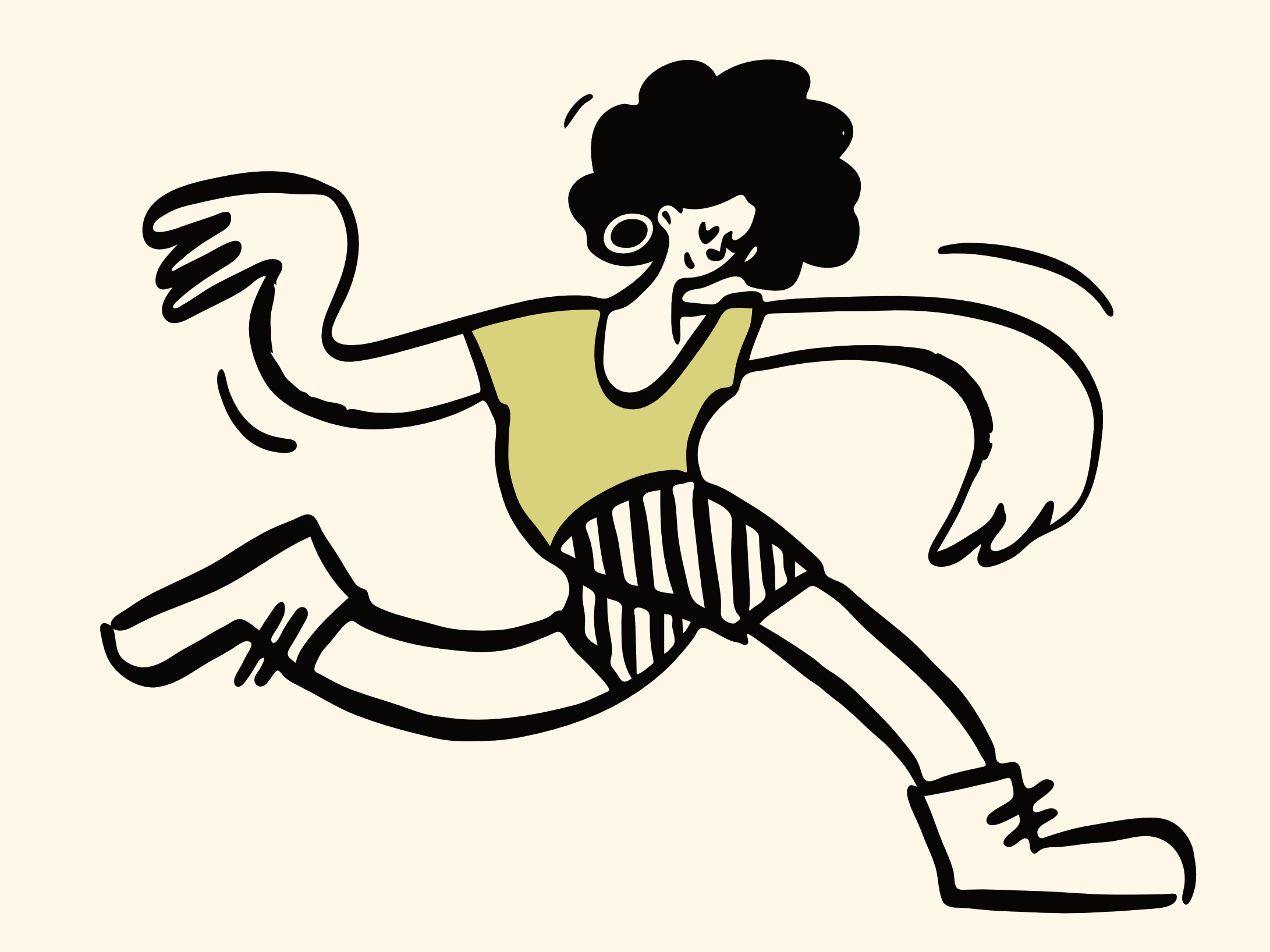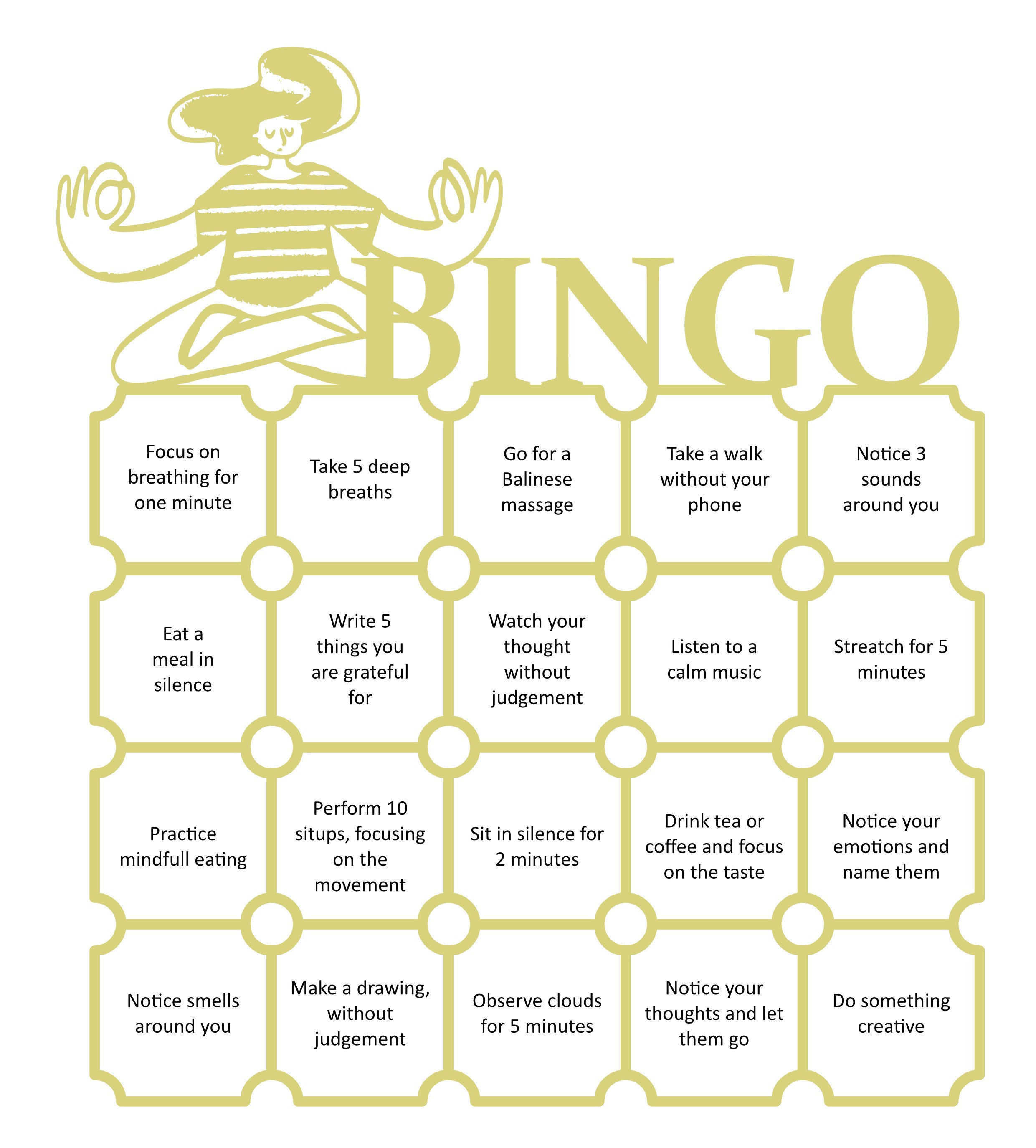60 Minutes with Mindfulness
Section outline
-
Introduction to Mindfulness.
-
Take a moment to reflect after this module, answer the question and engage with other course participants.
-
Breath is the simplest way back to yourself – always with you.
-
Simple Breathing Technique for Stress Reduction and Focus
-
Mindfulness in the body
-
5‑4‑3‑2‑1 technique – anchoring yourself with senses
-
Everyday activities, done with intention, can become a mindfulness practice
-
Walking as a way to be more present through body and breath,
-
Sound as a tool supporting concentration, calm and presence.
-
Take a moment to reflect after this module, answer the question and engage with other course participants.
-
Various recources to practice mindfulness.
-
- Praktyka uważności. Ośmiotygodniowy program ćwiczeń pozwalający uwolnić się od depresji i napięcia emocjonalnego, John Teasdale, Mark Williams, Segal Zindel, Wydawnictwo Uniwersytetu Jagielońskiego, Kraków 2016
- Życie, piękna katastrofa, Kabat-Zinn Jon, Wydawnictwo Czarna Owca, Warszawa 2021
- Serwis Ministerstwa Zdrowia i Narodowego Funduszu Zdrowia, https://pacjent.gov.pl/zapobiegaj/uwaznosc-cwiczenia
- Centralny Instytut Ochrony Pracy - Państwowy Instytut Badawczy, Trening uważności - ĆWICZENIA,
- Poradnik dla każdego, Trening uważności i zarządzania własnymi emocjami, Psychodia, https://www.pwste.edu.pl/wp-content/uploads/2022/06/e-book-Trening-uwa%C5%BCno%C5%9Bci.pdf
- Guildford Press, https://www.guilford.com/companion-site/The-Mindful-Way-Workbook/9781462508143
- Ważne nawyki w sytuacjach stresu: Poradnik ilustrowany, World Healt Organisation 2023, https://iris.who.int/bitstream/handle/10665/366709/WHO-EURO-2023-361-40096-68014-pol.pdf
